Proper Way to Use a Sonicare Electric Toothbrush
December 8th, 2016
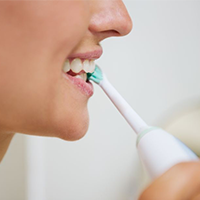 There are many ways to brush teeth, but some are much more effective than others. Using a Sonicare Electric Toothbrush, the number one brand recommended by dental professionals, delivers a superior clean for a healthier mouth. For optimal results, even this advanced toothbrush needs to be used properly.
There are many ways to brush teeth, but some are much more effective than others. Using a Sonicare Electric Toothbrush, the number one brand recommended by dental professionals, delivers a superior clean for a healthier mouth. For optimal results, even this advanced toothbrush needs to be used properly.
How to Use a Sonicare Electric Toothbrush
Many people learn how to brush as kids using a circular motion with a manual toothbrush. With the Sonicare, the brush does the work for you, with a vibrating sweeping motion equal to more than 30,000 brush strokes per minute! Simply angle the brush at a 45-degree angle towards the gum line, hit the “On” button, and hold the brush gently on both sides of each tooth for a few seconds. Many Sonicare brushes come equipped with timers that automatically stop the brush after two minutes, the recommended length of time for brushing.
The Sonicare Electric Toothbrush Advantage
Sonicare toothbrushes excel at removing plaque, whitening teeth, and promoting healthy gums. With proper use, these brushes can lead to healthier gums in just two weeks. Sonicare brushes use a “sonic” technology, which produces a sweeping motion to remove plaque and create microbubbles that can get deeper in between the teeth than other brushes. The motion is gentle, and with different cleaning modes, the brushes help reduce gum inflammation and sensitivity after only a few weeks of use. Sonicare brushes also have exceptional battery life, nearly three weeks for some models, for convenient travel use.
Different models have different features. There are up to five cleaning modes and even sensors that vibrate if you’re brushing with too much pressure. The DiamondClean comes with five cleaning modes, three brush heads, a USB charging case for travel, and a sleek charging glass. The Flexcare Platinum Connected brush features Bluetooth connectivity and an app that tracks your brushing habits, gives customized feedback through its Coaching App for the best clean possible, and notifies you when it’s time for a new brush head.
Common Electric Toothbrush Mistakes
The advantages of using an electric toothbrush, especially a Sonicare, rather than a manual brush are numerous, but an electric toothbrush won’t deliver a better clean unless it’s used properly!
One of the most common mistakes is brushing too aggressively with an electric toothbrush. Remember, the brush does all the work once it’s powered on. Instead of moving it back and forth or in circles over the teeth, electric toothbrushes simply need to be held gently against the tooth surface at the gum line to clean.
Before powering the brush on, apply just a small amount of toothpaste to the brush head, and hold off on hitting the power button until the brush is in your mouth to avoid toothpaste splatter all over your face and bathroom sink!
To prevent sensitivity and achieve the best clean, be sure to get the best fitting brush head for your mouth. People with smaller mouths may need smaller brush heads to brush comfortably. Those with sensitive gums should look for soft bristles and be careful not to apply too much pressure. If you have an electric brush with multiple settings, choose the one that best fits your needs, whether that’s whitening, deep clean, sensitive, or gum care.
If your teeth feel the cleanest they’ve ever felt after using a Sonicare Electric Toothbrush, don’t fall into the trap of thinking you don’t need to brush as often! Consistency is key. Remember to brush at least twice a day and floss once a day to maintain a healthy mouth, teeth, and gums. Want more tips for healthy teeth? Contact us to learn more.

 Forget the gingerbread men, the fruitcakes, the candy canes and the champagne. This year, give your loved ones the gifts that will undo the effects of unhealthy holiday eating and drinking! Fancy toothbrushes and whitening treatments can be pricey so if you’re feeling generous this holiday season, give someone a gift that will keep giving: the gift of healthy teeth and gums!
Forget the gingerbread men, the fruitcakes, the candy canes and the champagne. This year, give your loved ones the gifts that will undo the effects of unhealthy holiday eating and drinking! Fancy toothbrushes and whitening treatments can be pricey so if you’re feeling generous this holiday season, give someone a gift that will keep giving: the gift of healthy teeth and gums! The last thing you want is yellow teeth after years of wearing braces. But unfortunately, it’s a very common occurrence. If you don’t take care of your mouth while you’re wearing braces, you might be surprised to see white squares where your braces were on yellow-stained teeth after your dentist removes them. Thankfully, it’s easy to avoid this experience. Here are some reasons why people get yellow teeth after braces and how to prevent this from happening. We’ll also talk about how you can fix stained teeth after braces.
The last thing you want is yellow teeth after years of wearing braces. But unfortunately, it’s a very common occurrence. If you don’t take care of your mouth while you’re wearing braces, you might be surprised to see white squares where your braces were on yellow-stained teeth after your dentist removes them. Thankfully, it’s easy to avoid this experience. Here are some reasons why people get yellow teeth after braces and how to prevent this from happening. We’ll also talk about how you can fix stained teeth after braces.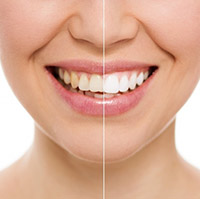 There’s a reason
There’s a reason  We love to see our patients taking care of their teeth with proper brushing habits. While most people brush twice a day, we do get some asking if they can brush their teeth too much and damage their teeth that way. Many people are surprised to hear our answer: yes, you can actually brush too much. But before you start cutting down your time with your toothbrush, keep reading to find out exactly what brushing too much means.
We love to see our patients taking care of their teeth with proper brushing habits. While most people brush twice a day, we do get some asking if they can brush their teeth too much and damage their teeth that way. Many people are surprised to hear our answer: yes, you can actually brush too much. But before you start cutting down your time with your toothbrush, keep reading to find out exactly what brushing too much means.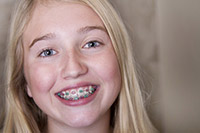 Many people who wear braces are worried about keeping their teeth white. After all, cleaning your teeth is much more difficult with braces, and you can’t really use teeth-whitening products on the part of your teeth that’s covered up. What you can do, though, is prevent your teeth from discoloring. Find out how to do this with these 11 easy tips from our dental experts.
Many people who wear braces are worried about keeping their teeth white. After all, cleaning your teeth is much more difficult with braces, and you can’t really use teeth-whitening products on the part of your teeth that’s covered up. What you can do, though, is prevent your teeth from discoloring. Find out how to do this with these 11 easy tips from our dental experts.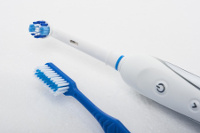 When it comes to choosing a toothbrush, you definitely have some options. A pharmacy often dedicates a whole aisle to toothbrushes, giving you a long list of choices. One of the hardest decisions when choosing a toothbrush can be between a manual toothbrush and an electric toothbrush. Many question between a manual and an electric toothbrush, which is better? However, the answer isn’t necessarily which is better, but which is right for you. Though electric toothbrushes technically clean your teeth more effectively, they may not be right for everyone.
When it comes to choosing a toothbrush, you definitely have some options. A pharmacy often dedicates a whole aisle to toothbrushes, giving you a long list of choices. One of the hardest decisions when choosing a toothbrush can be between a manual toothbrush and an electric toothbrush. Many question between a manual and an electric toothbrush, which is better? However, the answer isn’t necessarily which is better, but which is right for you. Though electric toothbrushes technically clean your teeth more effectively, they may not be right for everyone.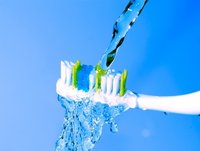

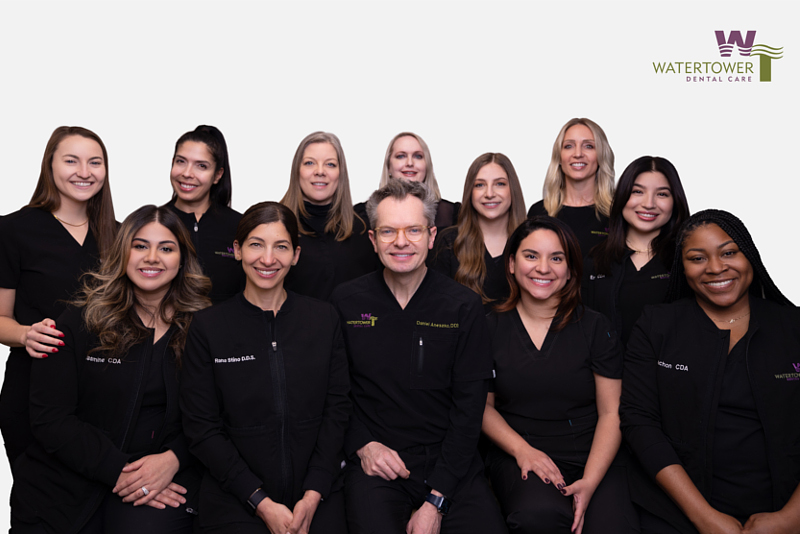


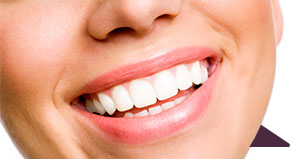
 Website Powered by Sesame 24-7™
Website Powered by Sesame 24-7™